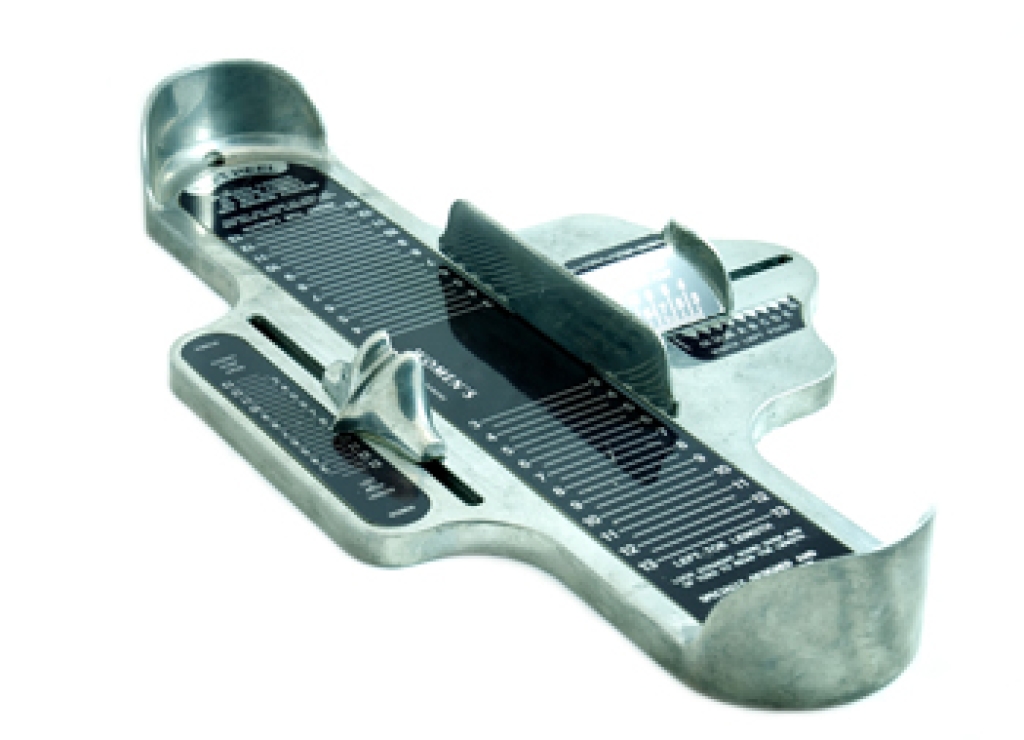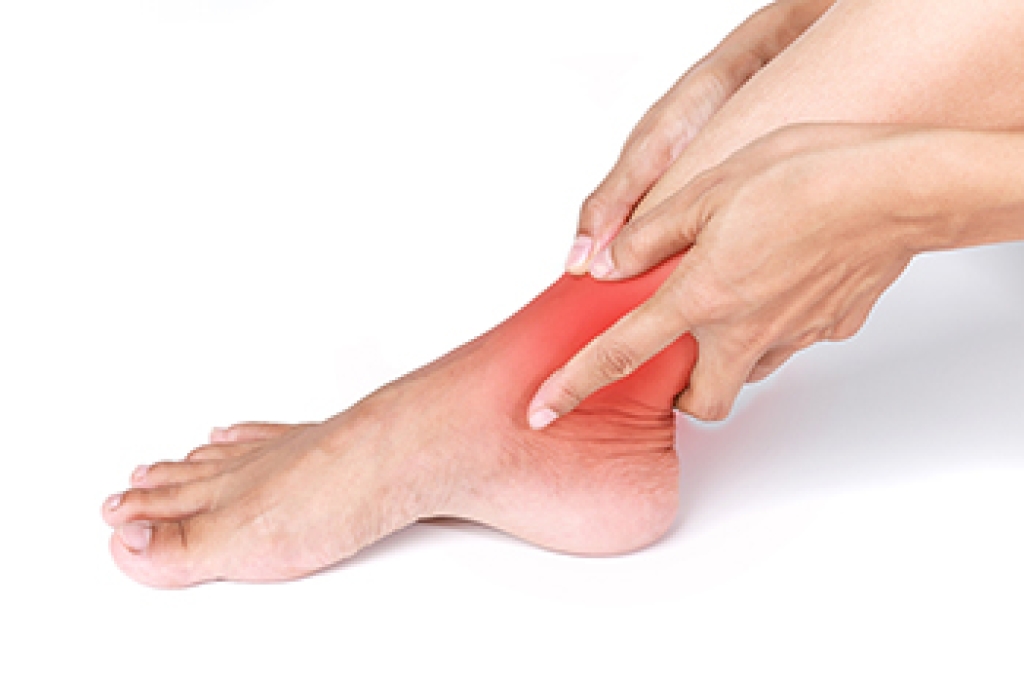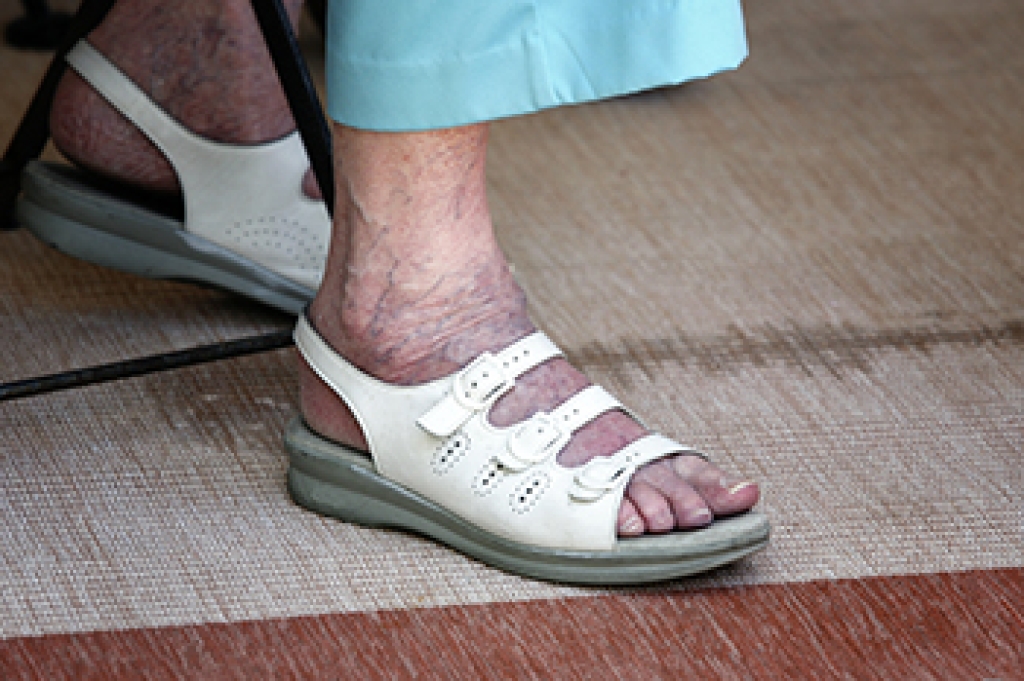
The majority of people are aware that maximum comfort in shoes starts with knowing what your correct shoe size is. This can be done by using a Brannock device, which is found in the majority of shoe stores. Many people choose to learn their shoe size at home by measuring their feet while standing on the floor, followed by using a sizing chart that can convert the inches into sizes. It is beneficial to learn about the different parts of the shoe. For instance, when buying boots, knowing the widest part of the shaft of the shoe can aid in choosing the right size. Additionally, running and walking shoes fit differently. Extra room is often needed in walking shoes, which will allow the muscles maximum room. Conversely, running shoes fit snugly, with a thumb’s width of space between the top of the shoe and the big toe. If you would like more information about how to get your correct shoe size, please confer with a podiatrist who can answer any questions you may have.
Getting the right shoe size is an important part of proper foot health. Seek the assistance of one of our podiatrists from Lewis Wolstein, DPM, P.C. & Associates. Our doctors will provide the care you need to keep you pain-free and on your feet.
Getting the Right Shoe Size
There are many people who wear shoes that are the incorrect size, negatively affecting their feet and posture. Selecting the right shoes is not a difficult process, so long as you keep several things in mind when it comes to choosing the right pair.
- When visiting the shoe store, use the tools available to measure your foot.
- Be sure there is ‘wiggle room’. There should be about an inch between your toes and the tip of your shoes.
- Do not always assume you are the same size, as manufacturers run differently.
- Purchase shoes later in the day, as your feet swell as the day progresses.
- If a shoe is not comfortable, it is not suitable. Most shoes can’t be ‘broken in’, and comfort should be the ultimate goal when it comes to choosing the right pair of shoes
As our feet hold our body weight and keep us moving, it is important to treat them right. Picking the right pair of shoes can provide your feet comfort and mobility without pain.
If you have any questions, please feel free to contact our office located in Co-Op City, NY . We offer the newest diagnostic and treatment technologies for all your foot care needs.




